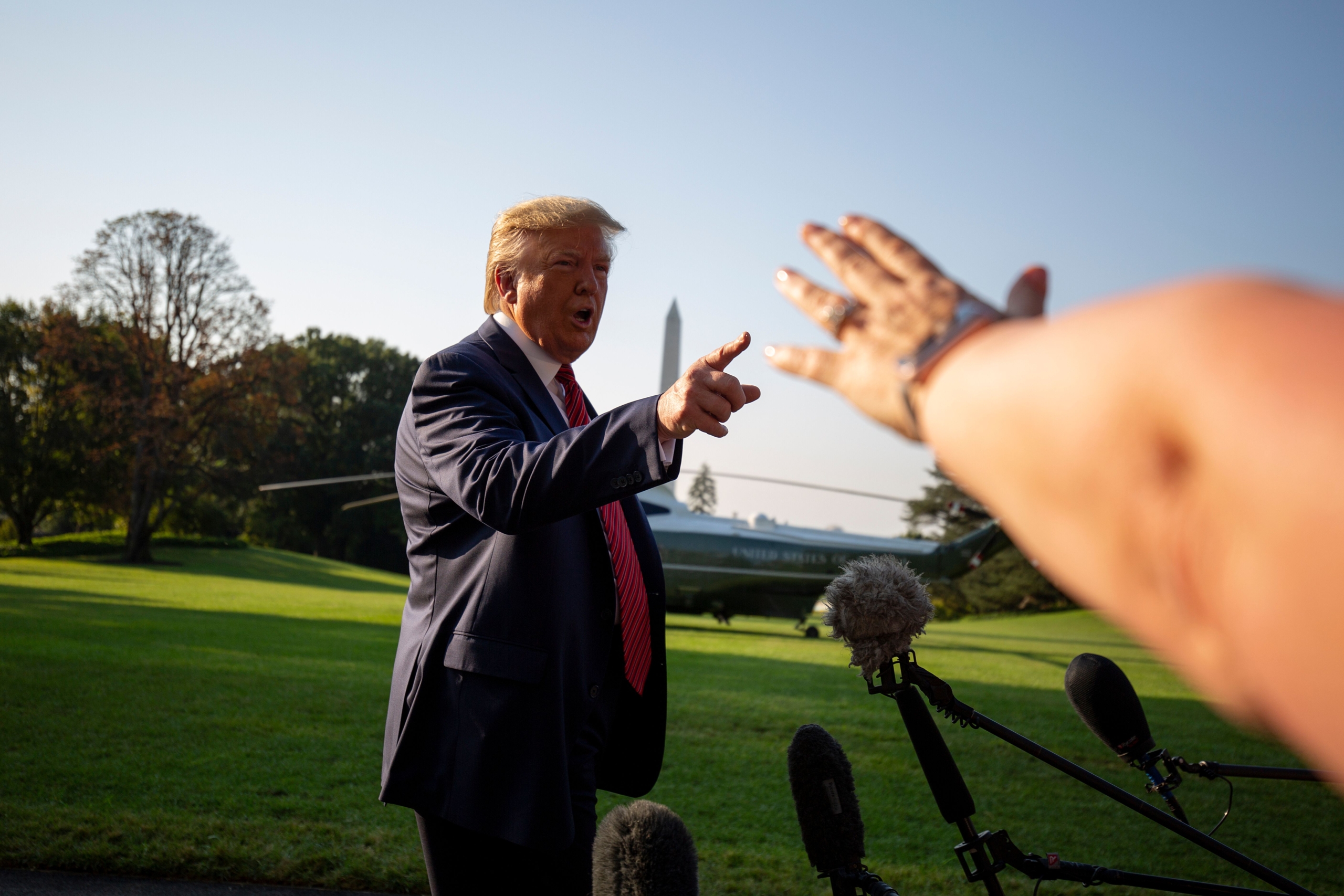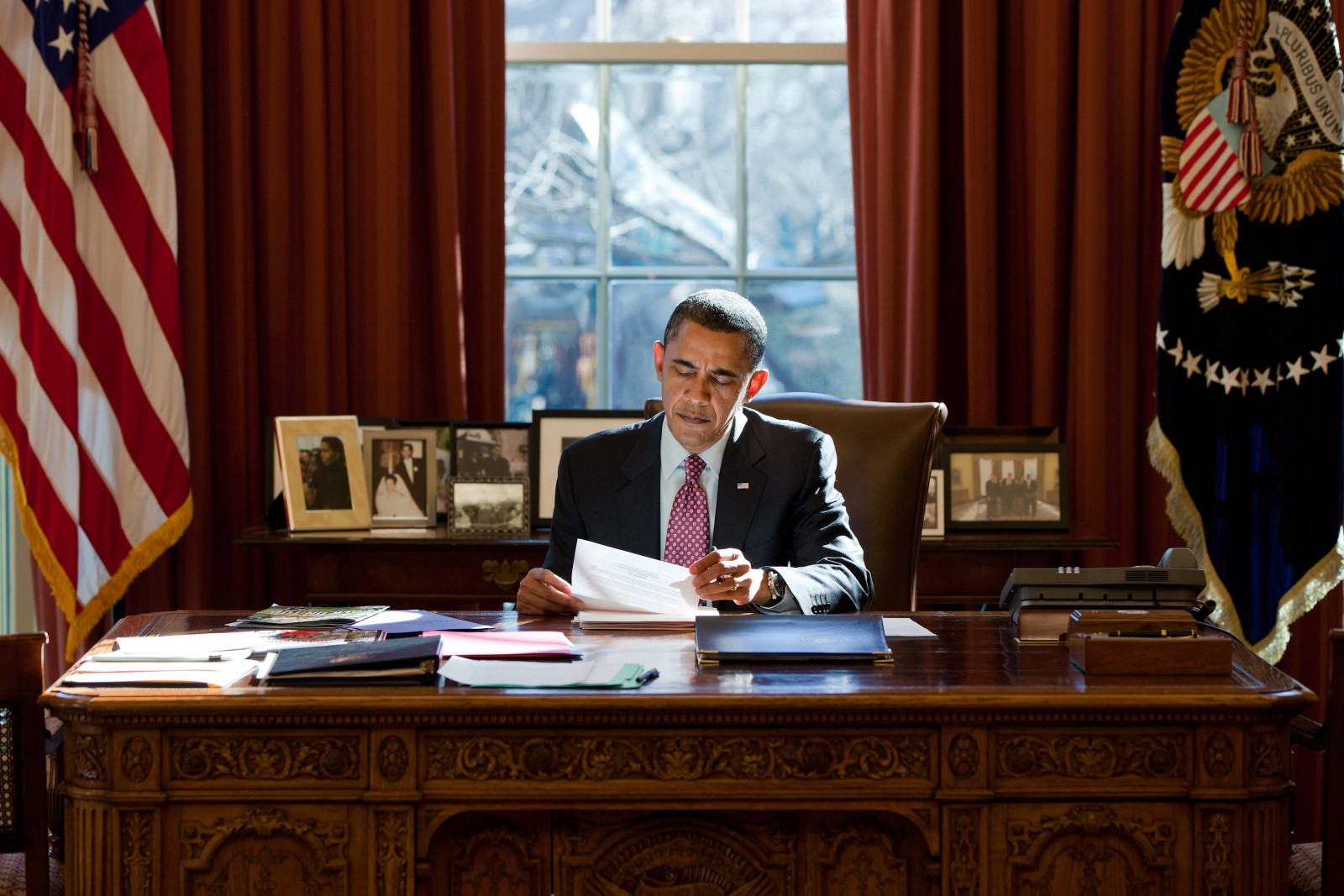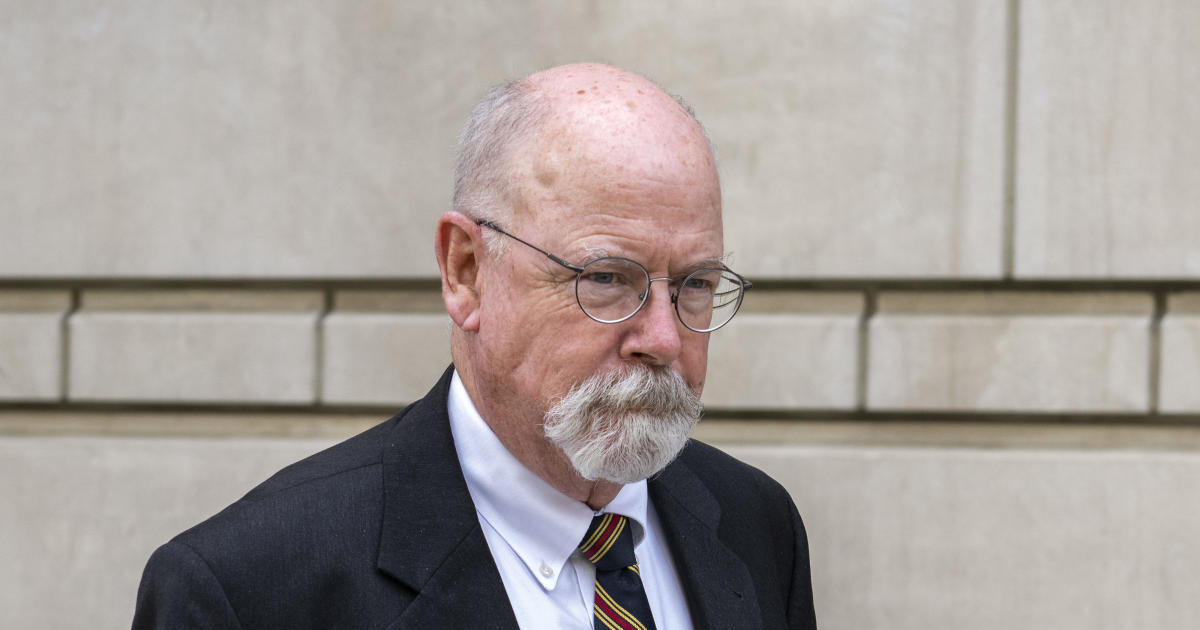
The political landscape of 2016 remains a subject of intense scrutiny, with ongoing revelations continually reshaping our understanding of pivotal events. At the heart of this enduring discourse lies the recently declassified “Annex” to Special Counsel John Durham’s report, dated May 23, 2023. This document, long anticipated and finally brought into public view, offers a fresh lens through which to examine the origins and conduct of what has become widely known as the “Russiagate hoax.”
The Annex’s release has ignited a new wave of debate, revealing intricate details that challenge previously established narratives. While some mainstream media outlets, including The New York Times, have been criticized for misrepresenting its contents, the Annex itself contains information shedding light on the complexities of intelligence gathering and political maneuvering. Its declassification underscores a persistent demand for transparency in matters of national interest and public accountability.
Indeed, The New York Times, on July 31 and August 1, ran two stories aiming to “pour cold water” on the Annex’s release. Authors Charlie Savage and Adam Goldman were accused of misdirecting their readers’ attention from the outset to a “non-issue,” with a headline claiming Durham found certain documents to have been “faked” by Russian intelligence. This framing stood in stark contrast to the deeper implications some argue the Annex reveals about the Crossfire Hurricane investigation of President Trump, which has been described as “faked” by elements within the FBI, CIA, and Obama White House.

At the core of the Annex are allegations that the Trump-Russia collusion narrative was not merely baseless, but a “deliberate political hit job” orchestrated by the highest echelons of the Obama administration, with the Hillary Clinton 2016 campaign allegedly at its helm. This narrative suggests that the Federal Bureau of Investigation (FBI) played an active, indeed “eagerly playing along,” role in this orchestrated effort. Such assertions, if substantiated, point to a significant breach of public trust and integrity within key governmental institutions.
A particularly explosive aspect of the Annex is the “Special Intelligence” it includes, received throughout the first half of 2016 from a friendly foreign government. This intelligence purportedly demonstrated Russia’s “seemingly real-time knowledge of the inner machinations of Hillary Clinton’s 2016 presidential campaign.” This critical detail indicates that foreign entities possessed intimate knowledge of internal campaign strategies well before they became public, raising questions about intelligence vulnerabilities and operational security.
Central to the Annex’s revelations are two documents described as “emails” purportedly authored by Leonard Bernardo on July 25 and July 27, 2016. Bernardo, affiliated with a George Soros-related entity, had communications with senior Clinton campaign officials, and his emails were known to have been hacked. These purported communications have garnered considerable attention, forming a significant basis for the ensuing controversy surrounding the Annex.

However, the Annex clarifies that these were not actual “emails” in the conventional sense, lacking typical email formatting one would expect to find on a computer. Instead, they appear to be “retyped” versions of original email text, translated into a Russian language memo, which was then translated back into English and subsequently “cut & pasted” by Durham into his report. The precise accuracy of these paraphrases or references to the original source documents remains unknown, as the underlying source documents were not provided or made public.
The content of the July 25 “email” is particularly striking, containing the allegation that Hillary Clinton sanctioned a plan conceived by a “foreign policy adviser” to “vilify” then-candidate Donald Trump. The strategy involved falsely linking Trump to Russian President Vladimir Putin. This claim immediately suggests a deliberate political strategy designed to undermine a political opponent using potentially fabricated or exaggerated connections.
Further elaboration comes from the Russian language memo, whose English translation provided by Durham offers a more granular view. It states: “According to data from the election campaign headquarters of Hillary Clinton, obtained via the U.S. Soros Foundation, on July 26, 2016, Clinton approved a plan by her policy advisor Juliana Smith … to smear Donald Trump by magnifying the scandal tied to the intrusion Russian special services in the pre-election process to benefit the Republican candidate.” This phrasing clearly outlines an alleged strategy to exploit or amplify existing concerns regarding Russian interference to benefit a political campaign.

The Russian memo continues, stating, “As envisioned by Smith…” and proceeds to detail the plan: “raising the theme of ‘Putin’s support for Trump’ to the level of the Olympic scandal would divert constituents’ attention from the investigation of Clinton’s compromised electronic correspondence.” This suggests a deliberate attempt to shift public focus from controversies surrounding Clinton’s own email server by creating a more sensational narrative involving her opponent and a foreign adversary. The memo’s contents, written after July 27, remarkably describe precisely what would unfold over the subsequent 100 days leading up to the election, emphasizing that establishing “Putin’s support for Trump” was a primary objective of the supposed “plan.”
The July 27 email attributed to Bernardo, though relatively short, confirms that Clinton approved “Julia’s idea.” This passage states, “HRC [Hillary Rodham Clinton] approved [Campaign adviser Julie’s] idea about Trump and Russian hackers hampering U.S. elections. That should distract people from her own missing emails.” The alleged intention behind this strategy was clear: to create a distraction that would shield Clinton from scrutiny over her own classified email practices, by generating a far more public and damaging scandal for her opponent.
Regarding the interpretation of these emails, a critical distinction emerged, which was notably misrepresented by certain media outlets. The Times authors, according to the Annex’s context, “falsely reported that Durham called the two Bernardo emails ‘fake’ – and said that they were ‘concocted’ by Russian intelligence.” This assertion by the Times led to the conclusion that the controversy surrounding the Annex was irrelevant. However, Durham himself did not conclude the emails were fake in the sense of being entirely fabricated.

Instead, Durham’s team’s “best assessment” was that the emails were “composites.” This meant that “some portion of the text of each was taken from other sources and combined into the text that appeared under Bernardo’s name as an ‘email.’” While it was clear that Bernardo himself did not write them, rendering them not “authentic” as direct communications from him, a crucial point is that “some amount of the content in each was accurate – and predicted events that would unfold over the next 100 days.” This finding introduces a layer of complexity, suggesting that while the presentation format might have been manipulated, the underlying intelligence contained predictive accuracy.
Durham’s investigative approach to these questions stands in stark contrast to the actions of the FBI in 2016. The Special Counsel undertook a “long and involved process designed to understand both what the emails were, and how much of the content of the Special Intelligence was accurate.” He meticulously pursued answers, engaging intelligence analysts from both the FBI and CIA who, surprisingly, largely found the emails to “appear authentic.” Some analysts did note that Bernardo was indeed a victim of Russian hacking, making it plausible for his emails to be in Russian hands, while also acknowledging the possibility of fabrication or alteration by Russian actors.

Despite the fact that some analysts believed the emails seemed authentic, which, according to the Annex, “should have been enough to push the FBI into action,” the Bureau “did nothing.” This inaction is a central criticism within the Durham report, highlighting a profound investigative deficiency at a critical juncture. The failure to pursue these leads represents a significant lapse in duty, particularly given the magnitude of the allegations involved.
Durham’s investigation went further, interviewing Bernardo himself, a step the FBI never took. Bernardo stated he did not recognize the emails and specifically denied using the phrase, “Later the FBI will put more oil into the fire.” This phrase, however, is noted to likely be a mistranslation from “Pour gas onto the fire,” reflecting the inherent difficulties in translating intelligence across languages and the potential for subtle yet significant alterations during the process. While Bernardo denied knowing “Julie,” he did confirm that the closing sentence in the July 25 email – “things are ghastly for US-Russian relations” – was indeed phrased in a manner consistent with his own writing style, adding another layer to the composite nature of the documents.

In his thorough investigation, Durham utilized grand jury subpoenas and search warrants to seek out the original documents obtained by Russian hackers. Although the specific July 25 and July 27 emails were not found among the Soros Foundation’s documents, Durham uncovered other crucial pieces of evidence. He found emails or attachments sent by individuals other than Bernardo that contained language identical to that found in the contested Bernardo emails.
Notably, a passage in the July 25 email was directly lifted from an email written by Tim Mauer, a cyber expert at the Carnegie Endowment, a think tank also hacked by the Russians. Mauer, who had never seen the Bernardo emails before, confirmed that the passage was indeed from an email he had sent to his colleagues. This discovery strongly supported Durham’s assessment that the Bernardo emails were “composites” – assembled from various authentic sources obtained through Russian hacking.


:max_bytes(150000):strip_icc()/whataburger-db771b6af2334cedb154c6d5d8996272.jpg)
